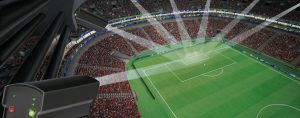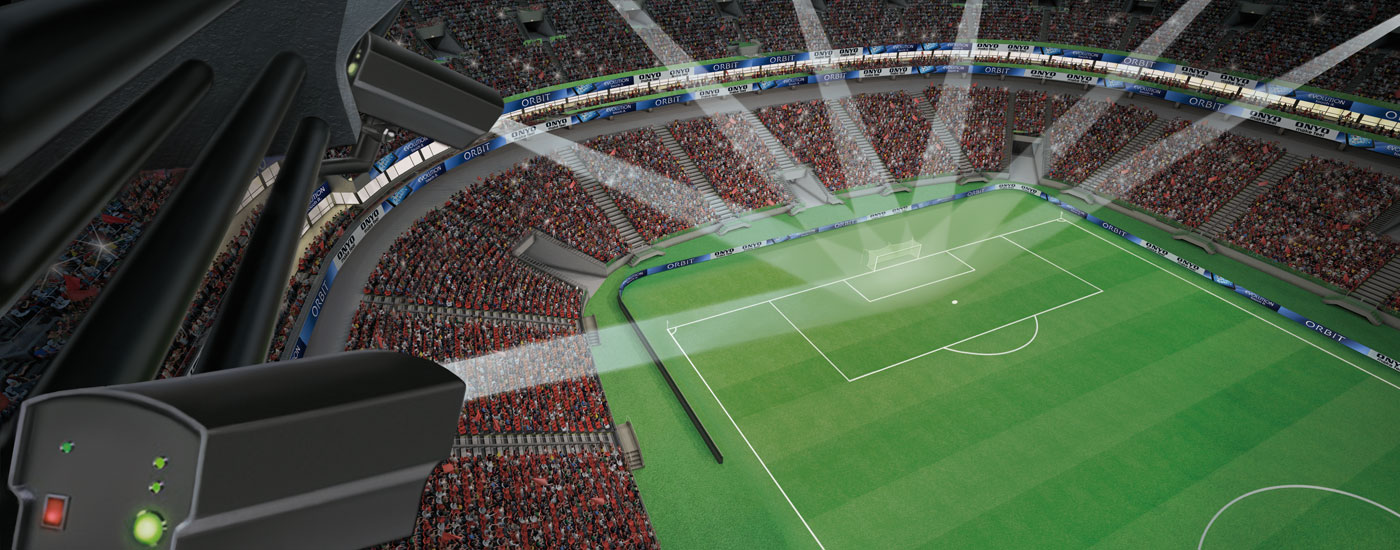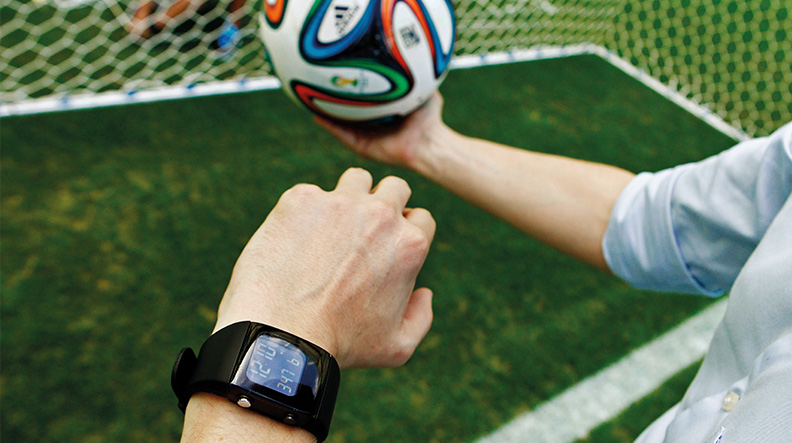 Article by Top Soccer Buy.
Article by Top Soccer Buy.
Summary: Soccer is finally rolling out technology for use in assisting referees in games. The two technologies: Goal-line technology (GLT), and Video Assistant Referee (VAR), will go a long way towards improving the referee’s decisions.
Soccer is the most popular sport in the world, and there is an enormous amount of responsibility on the shoulders of those who referee the game. Unlike other sports, soccer, in particular, has been slow to adopt new technology in the game.
It was the former head of FIFA, Sepp Blatter, who famously said: “In my opinion, as long as I am in charge, I will make sure no technical help will be introduced.” Although he did change his mind, two technologies that he greenlit will soon see mass adoption: GLT and VAR
GLT
GLT, short for Goal Line Technology, uses electromagnetic antennas and as many as eight height speed cameras to determine if a ball crosses the line in its entirety. The cameras, capturing video at 550 frames per second, send the images to a computer which then send the determination and evidence to a watch worn by the referee.
VAR
VAR is the name for the Video Assistant Referee. If there is a pay on the feel that requires examination, the referees can review the video replay to help them make a decision. Unfortunately, there are limits to what the referee can review:
Goal/no-goal decisions
Penalty/no penalty decisions
Direct red cards (not second yellow cards)
Mistaken identity
It is about time soccer encouraged the widespread adoption of technology, especially those that would ensure that referees arrive at the right decision.


